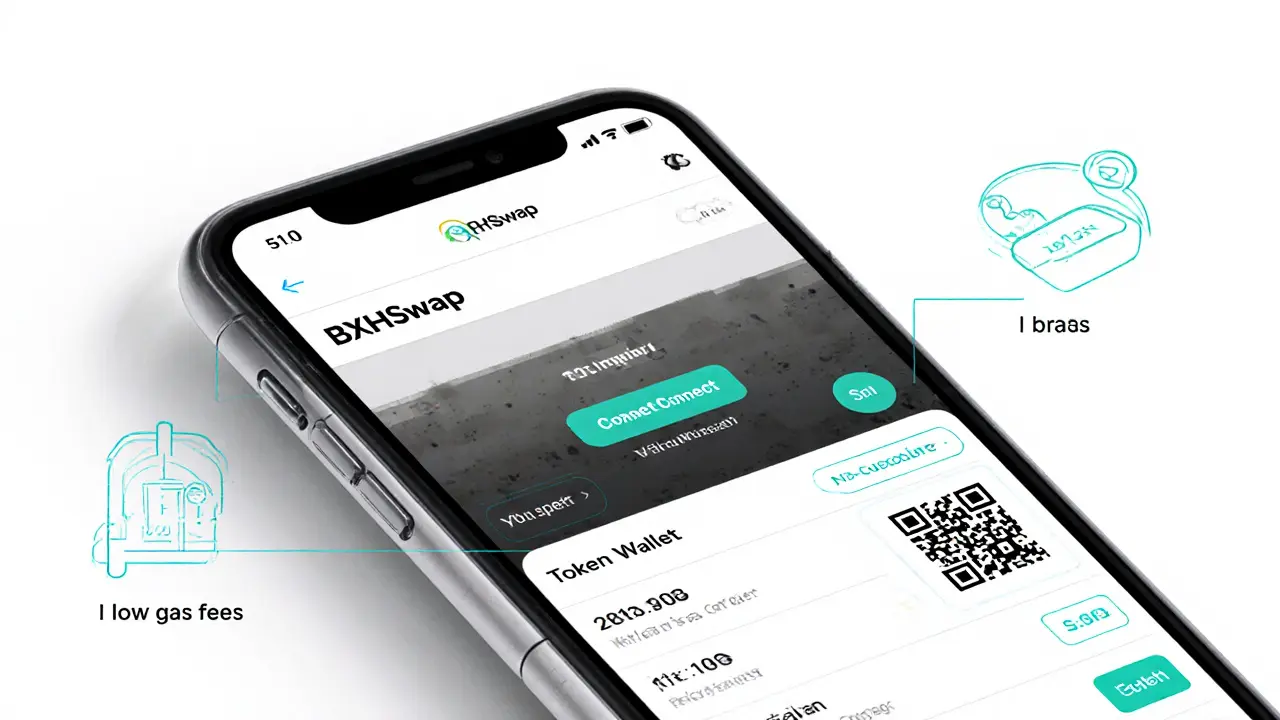Crypto Swapping Platform
When you hear Crypto Swapping Platform, a service that lets you trade one cryptocurrency for another instantly. Also known as crypto swap, it powers the everyday moves of traders, gamers, and developers who need quick token conversions without leaving their wallets.
Most swaps happen on a Decentralized Exchange, a peer‑to‑peer marketplace that runs on blockchain smart contracts. DEXes eliminate the need for a central broker, so you keep full control of your keys. They power the majority of cross‑chain bridges, allowing you to move assets between Ethereum, Binance Smart Chain, Solana, and newer layer‑2 networks. The Crypto Swapping Platform you choose will usually be a DEX or a hybrid service that aggregates liquidity from many DEXes.
Under the hood, a Liquidity Pool, a collection of tokens locked in a smart contract to enable swaps fuels every trade. Liquidity providers earn a cut of the swap fee, which creates a self‑sustaining incentive loop. The pool’s size and token composition directly affect price slippage, so big swaps need deep pools to stay cheap. Most platforms use an Automated Market Maker, an algorithm that determines token prices based on pool ratios. AMM models like Constant Product (Uniswap) or Hybrid (Balancer) shape how quickly prices adjust after a trade.
When you add a cross‑chain bridge into the mix, the swapping experience expands beyond a single blockchain. Bridges act as connectors, locking assets on the source chain and minting wrapped equivalents on the destination chain. This lets you swap, for example, ETH for BNB without selling on a centralized market. However, bridges add extra steps and potential risks, such as reliance on custodial validators or smart‑contract bugs. Understanding the bridge’s security model and fee structure is crucial before you move large sums.
Swap fees, gas costs, and token approvals are the practical pieces you’ll encounter day‑to‑day. Some platforms bundle gas into the fee, while others let you choose the gas token (ETH, BNB, MATIC). Token approvals let a smart contract move your funds; limiting approval amounts reduces exposure if the contract is compromised. Many modern swap interfaces now offer a “single‑click approve” option that auto‑sets a max allowance but still requires a signature each time you trade.
Our curated collection of articles below dives into each of these pieces. You’ll find deep‑dive reviews of specific DEXes, step‑by‑step guides on adding liquidity, breakdowns of AMM math, and security checklists for cross‑chain bridges. Whether you’re a newcomer looking for a safe first swap or an experienced trader hunting lower slippage, the posts ahead give you the context and tools you need to navigate crypto swapping platforms confidently.

BXH Crypto Exchange Review: In‑Depth Look at BXHSwap DEX (2025)
A concise BXH crypto exchange review covering features, fees, security, pros, cons, and a side‑by‑side comparison with Uniswap and PancakeSwap for 2025.
